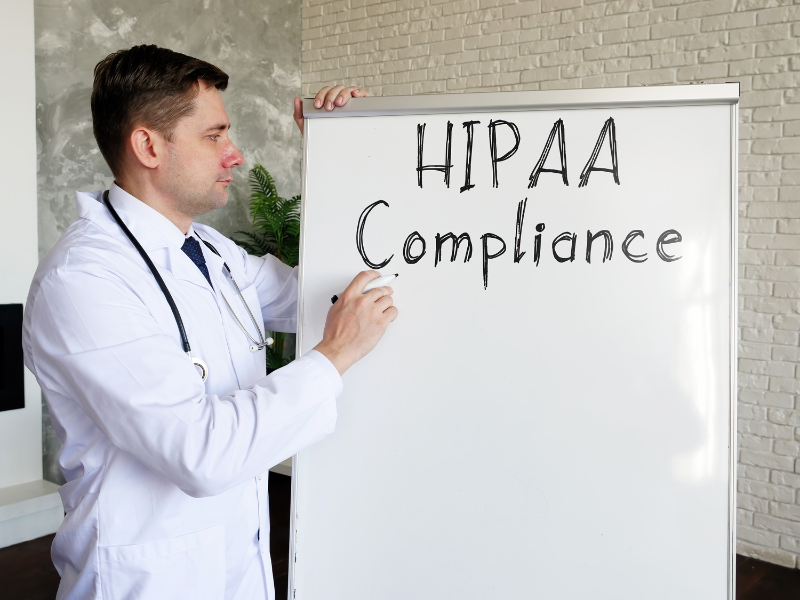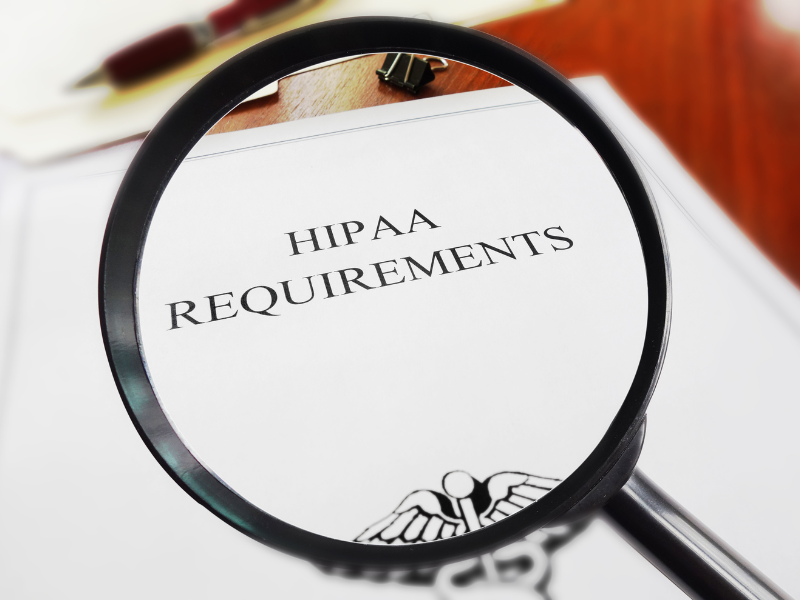Keeping up with deadlines is a critical aspect of maintaining HIPAA compliance. You must keep track of important dates and meet the HIPAA compliance audit checklist within the specified time. After all, failure to comply with the HIPAA compliance deadline could result in monetary and state penalties. It could also affect your organization’s credibility, displaying a lack of preparedness to establish the necessary steps to comply with the HIPAA rules.
Read on to learn more about the deadlines associated with HIPAA and why your organization must adhere to them.
Table of Contents

HIPAA Compliance Deadlines: What You Need to Know
HIPAA compliance deadlines are crucial points in the realm of healthcare data management. These dates are connected to the Health Insurance Portability and Accountability Act and mark important deadlines for data protection and patient privacy. Here are the key dates to remember:
- March 1 – Annual reporting for minor breaches: Healthcare providers and other “covered entities” defined by HIPAA should be aware of the annual reporting deadline for minor breaches.
- March 26 – Omnibus Rule compliance deadline: March 26, 2013 marked the day the HIPAA Omnibus Rule became effective. Covered entities had until September 23 of the same year to revise and redistribute their Notice of Privacy Practices (NPPs) to meet the amended compliance requirements.
- April 14 – Privacy Rule compliance date: Small health plans (those with annual receipts of $5 million or less) had to comply with the HIPAA Privacy Rule and its corresponding April 14, 2004 deadline. This date marks the deadline for covered entities and their business associates to revise or make changes to written arrangements made before October 15, 2002.
- April 20 – Security Rule compliance: April 20, 2005 marked the deadline for covered entities (with the exception of small health plans) to comply with the HIPAA Security Rule.
- September 22 – Compliance deadline for Business Associate Agreements (BAAs): September 22, 2014 was the official deadline for covered entities to update BAAs to meet the changes made to HIPAA regulations. Those who failed to amend their BAAs within the deadline faced significant penalties, particularly those who did not pass the government audit.
- September 23, 2013 – HIPAA Final Rule deadline: Covered entities had to meet the Final Rule guidelines by September 23, 2013, and implement the necessary changes to comply with the updated rules for transmitting electronically protected health information (ePHI).
The above dates and deadlines underscore the importance of maintaining the highest data protection standards, patient privacy, and regulatory compliance within the healthcare industry.

Timeline and Requirements for HIPAA Compliance
HIPAA compliance and security are ongoing processes that are never 100% complete due to the constant changes in medical practices, workforce turnover, and technology updates. Thus, treating its guidelines and standards as a continuous practice is crucial for all covered entities.
If you’re wondering about the timeframes for starting a HIPAA compliance plan, here are some guidelines for different types of healthcare organizations:
Hospitals and large healthcare organizations
For large organizations, achieving HIPAA compliance requires an entire team of dedicated staff specializing in healthcare risk assessment and management. If you’re starting from scratch, it’s realistic to expect that HIPAA compliance will take around 2-3 years or even longer.
The Security Rule alone has 77 requirements, each with 254 validation points, often demanding significant technological and process changes. Besides, monitoring all business associates for HIPAA compliance can be a challenge. More than the processes and training, your existing systems may require a complete overhaul.
Medium-sized healthcare organizations
Generally, it takes 1-2 years to achieve HIPAA compliance from start to finish. Creating a PHI (protected health information) flow chart for medium-sized organizations with multiple locations can help streamline the process. This chart identifies where PHI is, how it flows, and where it’s stored, helping implement appropriate patient data safeguards.
Single-location healthcare facilities and business associates
Achieving compliance as a single-location office with a full-time staff member should take less than 6 months. However, it could take longer if your team only allocates a few hours per week per task. Also, smaller entities can complete requirements like business associate agreements, risk analysis, and risk management plans faster due to fewer complexities.

The Impact of Not Meeting HIPAA Compliance Deadline
Healthcare providers face significant penalties for failing to comply with HIPAA regulations and deadlines. Up to a $50,000 fine will be imposed for a first offense, while repeat offenses could result in a staggering $1.5 million. Small clinics and offices are particularly vulnerable to these financial consequences, which could potentially lead to closure.
However, the consequences of noncompliance extend beyond just financial costs. It also affects the reputation of healthcare facilities and practitioners. Losing patients’ trust and confidence due to HIPAA breaches could result in poor healthcare services and even threaten the survival of the practice or organization.
Achieving Timely HIPAA Compliance
Compliance with HIPAA regulations should take precedence in all healthcare organizations and practices, as it is vital for avoiding penalties and maintaining the trust of patients. The HIPAA Security and Privacy Rules serve as a cornerstone, obligating healthcare providers to uphold the highest standards of safeguarding protected health information.
Keeping track of important compliance dates also helps your organization stay on top of regulatory changes so they get implemented in a timely manner.







